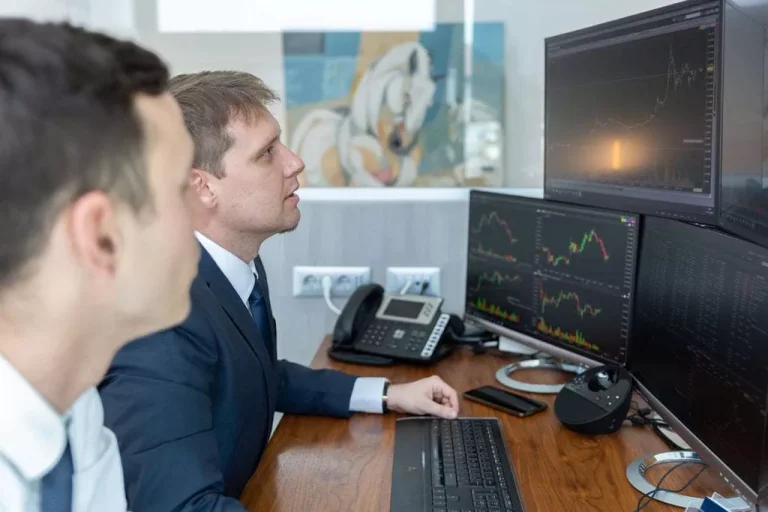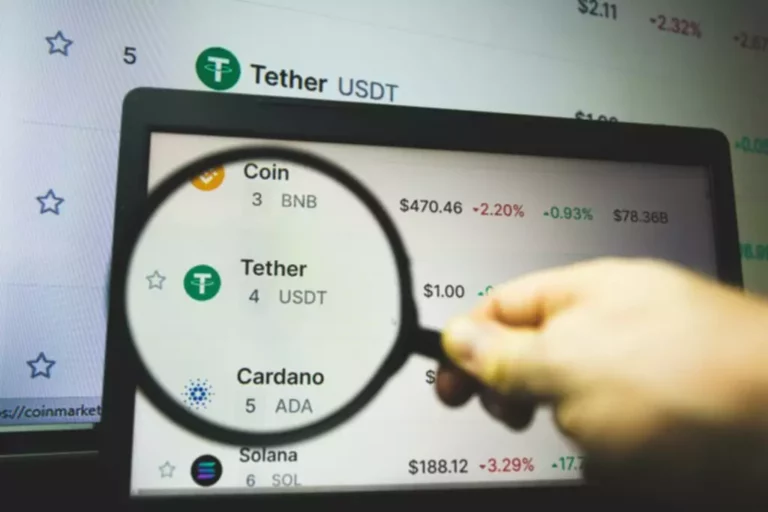The emergence of decentralized finance (DeFi) has led to the emergence of latest liquidity mechanisms. These liquidity swimming pools make use of each blockchain technology and smart contracts to ascertain decentralized markets the place participants can supply liquidity and profit. Participants in these swimming pools can deposit pairs of property, often cryptocurrency, to facilitate buying and selling within liquidity mining pools the pool. Unlike conventional financial markets, with consumers and sellers, numerous decentralized finance (DeFi) platforms make use of automated market makers (AMMs). These mechanisms allow the automatic and unrestricted trading of digital assets by utilizing liquidity swimming pools. Uniswap, a decentralized trade protocol constructed on Ethereum, revolutionized the world of liquidity provision.

This is provided by so-called liquidity pools, the place traders can park their crypto belongings to earn rewards within the type of crypto tokens or interest payments. The locked-in funds then function the lifeblood of the decentralized crypto trade. Without this liquid base of digital capital at their fingertips, the DEX buying and selling techniques would rapidly grind to a halt. The dangers involved in liquidity swimming pools include vulnerabilities in sensible contracts that hackers can exploit.
What’s The Role Of The Crypto Liquidity Pool In Defi?
Aave is a decentralized lending and borrowing protocol that permits users to earn curiosity on deposits and take out loans using cryptocurrency as collateral. It makes use of a unique flash loan characteristic, permitting customers to borrow with out requiring collateral if the funds are returned throughout the identical transaction. Aave’s revolutionary options have contributed to expanding DeFi’s capabilities, introducing new possibilities for monetary companies.
- Numerous advancements in the crypto panorama in latest occasions have launched us to a brand new world of finance and expertise.
- In the case of Uniswap, and all DEXs who use the same AMM model, crypto holders should provide equal portions of tokens (in terms of value).
- Users can earn charges and rewards proportional to their contributions by depositing their property into these pools.
- Liquidity swimming pools enable patrons and sellers on different exchanges to trade with each other, thus offering a more environment friendly way to transfer coins from one exchange to a different.
As liquidity swimming pools present a proven alternative to the normal AMM-based market fashions, they discover purposes in many areas. For example, liquidity pools are used for on-chain insurance coverage, yield farming, blockchain gaming, artificial assets, and borrowing-lending protocols. With such a dominant influence on the emerging DeFi ecosystem, many people are clearly eager to know more about the most effective liquidity pools in 2022. Here are some of the notable mentions in top crypto liquidity pools for 2022, with an outline of their key highlights. Moreover, liquidity swimming pools have opened up new avenues for individuals to generate passive income.
What’s Impermanent Loss (il)?
As a hard-working, goal-oriented, and well-rounded individual, I always try to do quality work for each job I do. Earn engaging yields on two types of crypto and get rewards every 12 hours. This form of ledger technology is what’s behind cryptocurrencies and other tech developments.

The constant product formula, exemplified by platforms like Uniswap, revolutionizes worth discovery and pool stability upkeep. This algorithmic approach ensures a continuous product of reserves in a liquidity pool, allowing for environment friendly trading without relying on centralized intermediaries. Simply stated, it denotes the power to rework funding into money rapidly and at an inexpensive value. It is crucial for the smooth operation of markets because it allows participants to enter and exit positions expeditiously, decreasing transaction prices and market volatility. Liquidity pools are meant to exchange conventional order books by immediately matching buyers and sellers throughout the protocol.
Bugged Sensible Contracts
It is tough to foretell the future of liquidity pools in DeFi, as the business remains to be in its early phases. However, the likely consequence is that the liquidity swimming pools will proceed to develop in recognition and size as people flock to DeFi protocols and services. We also can expect to see extra decentralized exchanges and DeFi protocols created and more analysis and improvement within the space. There is a excessive potential for liquidity swimming pools to continue to provide increased liquidity, low buying and selling charges, and quick transaction speeds for customers. These platforms have gained recognition because of their capability to offer customers with higher management over their assets and lower fees in comparability with conventional centralized exchanges.
When you’re able to withdraw your assets, your liquidity tokens are burned (or destroyed), and in return, you receive a portion of the liquidity pool’s property primarily based in your share. Liquidity pools substitute this order e-book with a easy mathematical formulation that automatically determines the worth based mostly on the ratio of assets in the pool. This eliminates the need for traditional market makers and allows for environment friendly trading even with comparatively low trading volumes. Liquidity swimming pools entice more customers, addressing belief issues in crypto buying and selling.
Defi Glossary: Learning The Slang
For this instance, we’ll work with Ethereum and the Tether (USDT -0.02%) stablecoin. In most circumstances, the cash you’re putting to work can’t be held in your crypto trading service’s normal pockets. Instead, they have to be transferred to a self-custody pockets, where you’ve direct management over the belongings. Let’s say you need to tap into a liquidity pool on Uniswap, which is the oldest and largest DEX.
Anyone can be a liquidity supplier in some sense, however the liquidity has to return from somewhere. In this case, you’re interacting with the contract governing the pool rather than the order book. DeFi buying and selling requires on-chain transactions with no centralized custodian of funds, which makes creating an order guide more pricey.
Liquidity is crucial to financial markets, guaranteeing easy trading and environment friendly value discovery. Traditional markets have relied on market makers and institutional investors for liquidity, while DeFi platforms have launched liquidity swimming pools as a decentralized different. Liquidity pools in DeFi provide advantages corresponding to accessibility, passive earnings generation, and the creation of innovative monetary devices. Nonetheless, individuals should concentrate on the risks and warning when partaking with these new liquidity mechanisms. Volatility and market dangers play a big position in the threat concerns for liquidity swimming pools. As prices of underlying belongings experience volatility, liquidity suppliers (LPs) might face challenges in maintaining steady liquidity ratios.
They are the spine of DeFi platforms, bringing collectively people eager to supply their belongings and people trying to trade or borrow these assets. This causes the customers to buy from the liquidity pool at a worth decrease than that of the market and sell elsewhere. If the consumer exits the liquidity pool when the worth deviation is large, then the impermanent loss might be “booked” and is therefore permanent.
If LPs want to withdraw the liquidity they supplied, the LP tokens they characterize have to be burnt. An impermanent loss is a loss in greenback value compared to HODLing when providing liquidity to an AMM. Bancor pioneered the use of liquidity swimming pools, however Uniswap popularised the concept. SushiSwap, Curve, and Balancer are three of essentially the most outstanding Ethereum exchanges that utilise liquidity swimming pools. One of the key features of 1inch is its good routing expertise, which mechanically splits orders across multiple DEXs to ensure that users get one of the best worth for his or her trades.
Uniswap allows users to trade ERC-20 tokens immediately from their wallets by eliminating intermediaries. Its distinctive automated market maker (AMM) mannequin makes use of good contracts to facilitate trades, with liquidity providers pooling their tokens into liquidity reserves. In conclusion, decentralized exchanges, yield farming platforms, finance applications, and cross-chain liquidity swimming pools have revolutionized the financial landscape. As the DeFi ecosystem expands, these innovations will proceed to drive the democratization of finance and foster new opportunities for customers worldwide.

Yes, anybody can turn into a liquidity provider by depositing crypto property into a liquidity pool. These assets might be any pair of tokens, together with stablecoins, which are cryptocurrencies designed to minimize price volatility. Liquidity tokens, also referred to as LP tokens, are an important part of the mechanism of liquidity swimming pools. These tokens are given to liquidity providers as proof of their contribution when they deposit their property into the liquidity pool.






